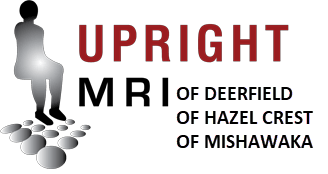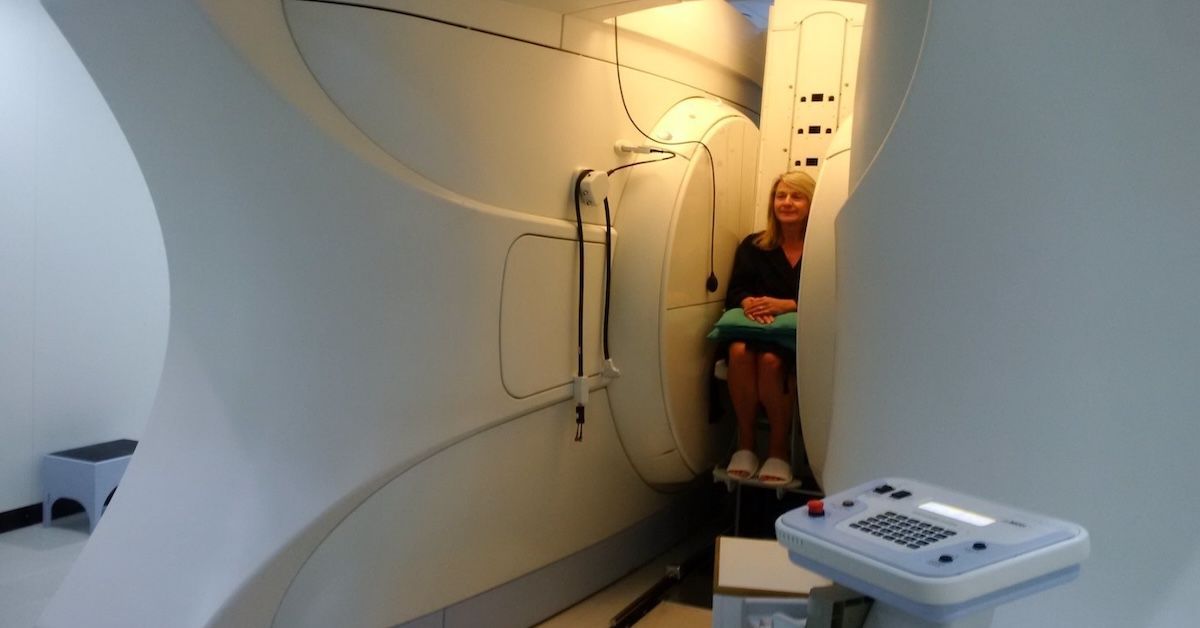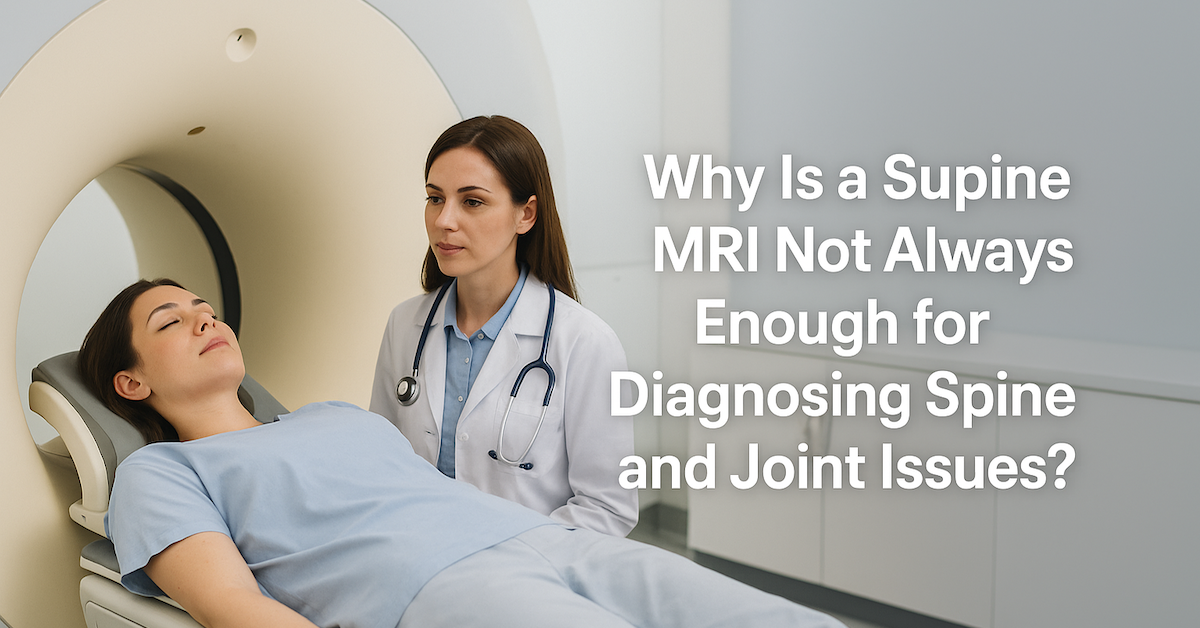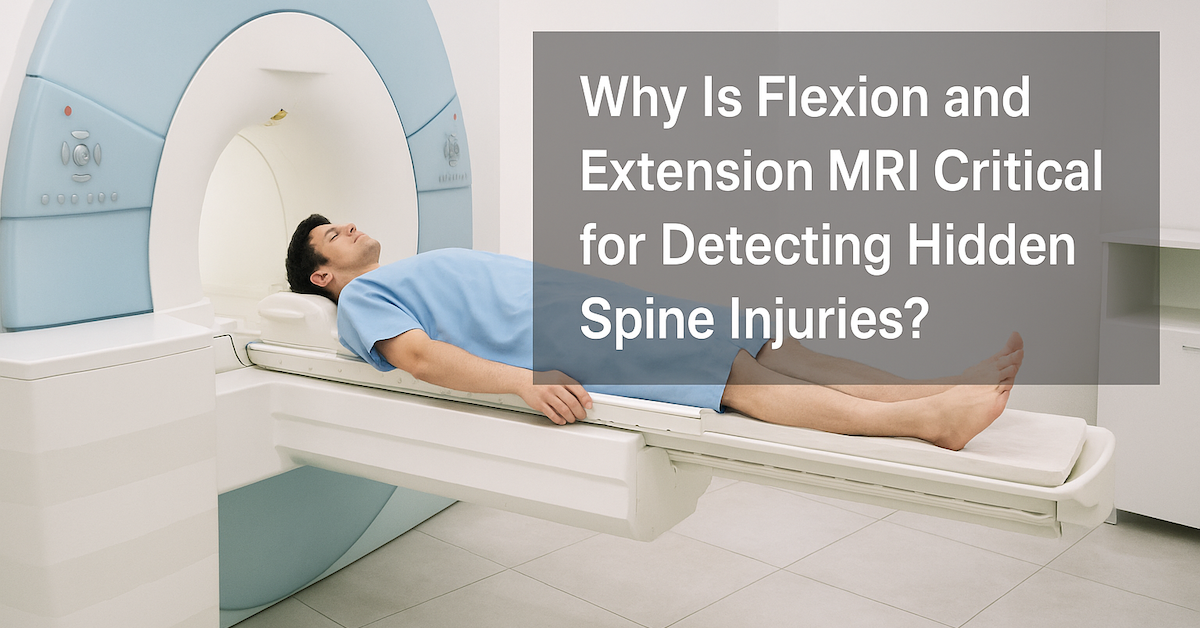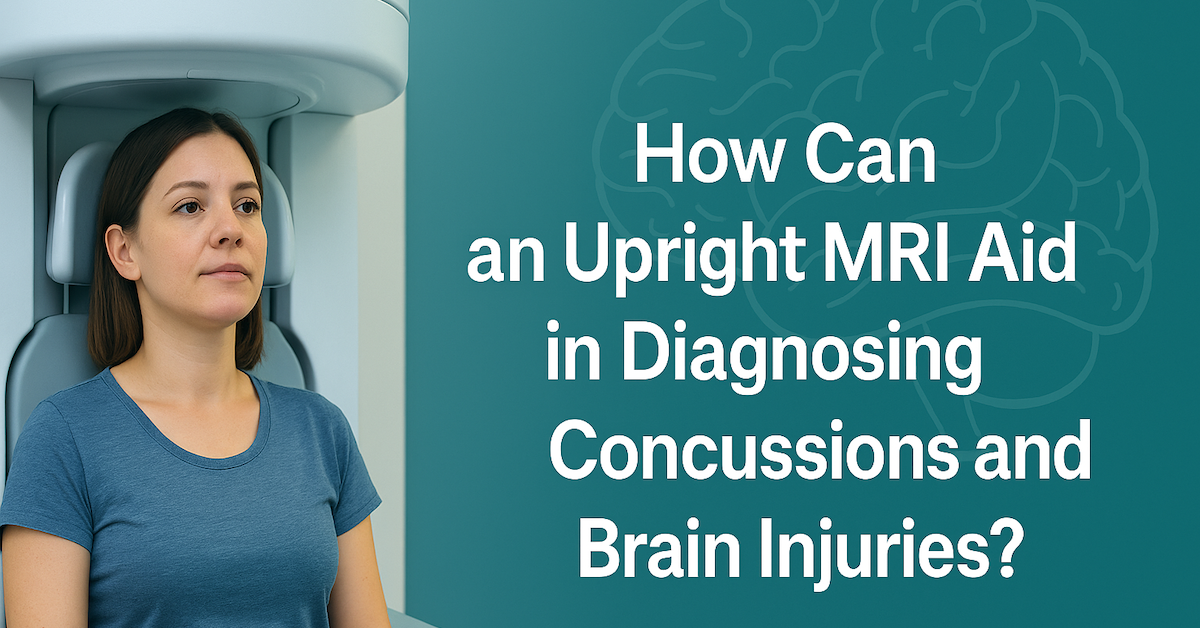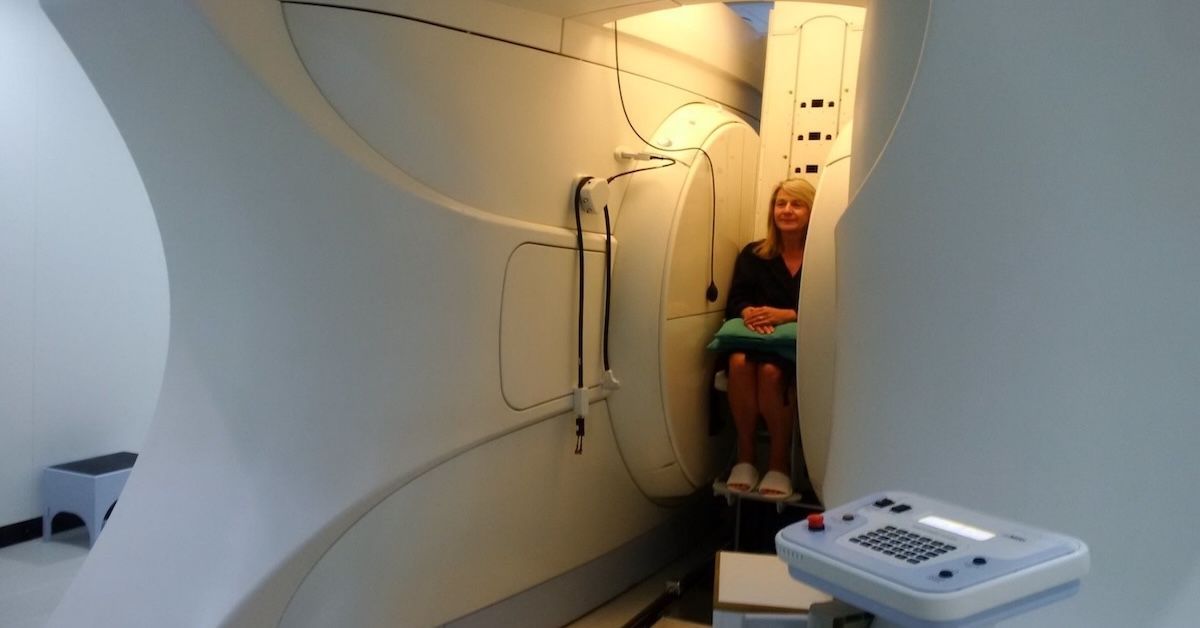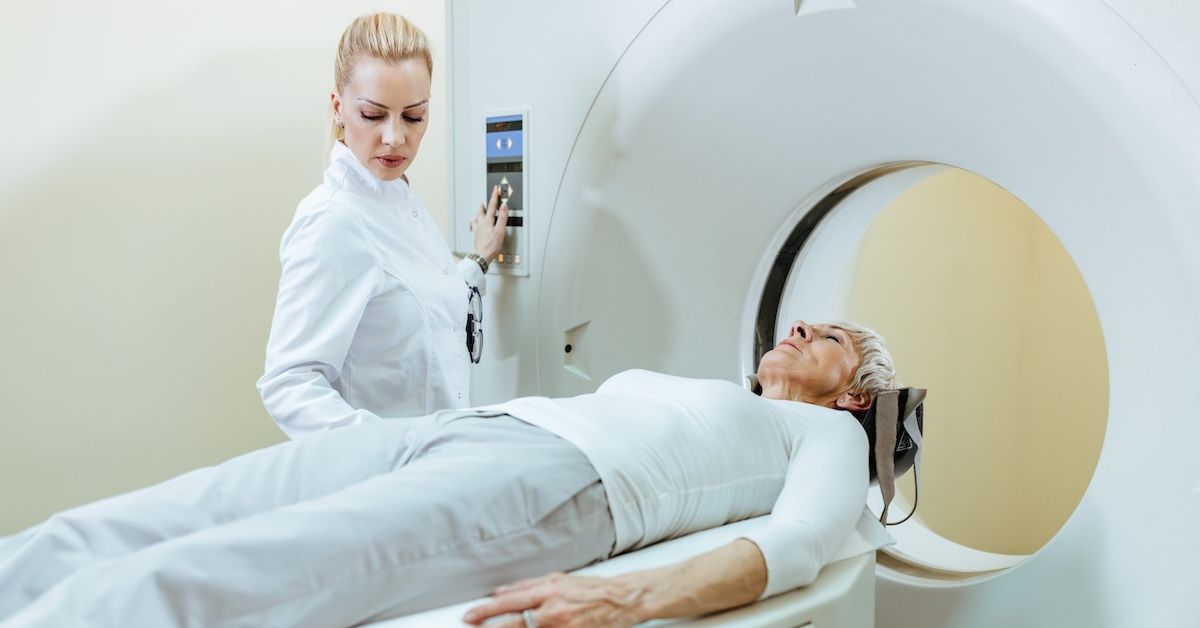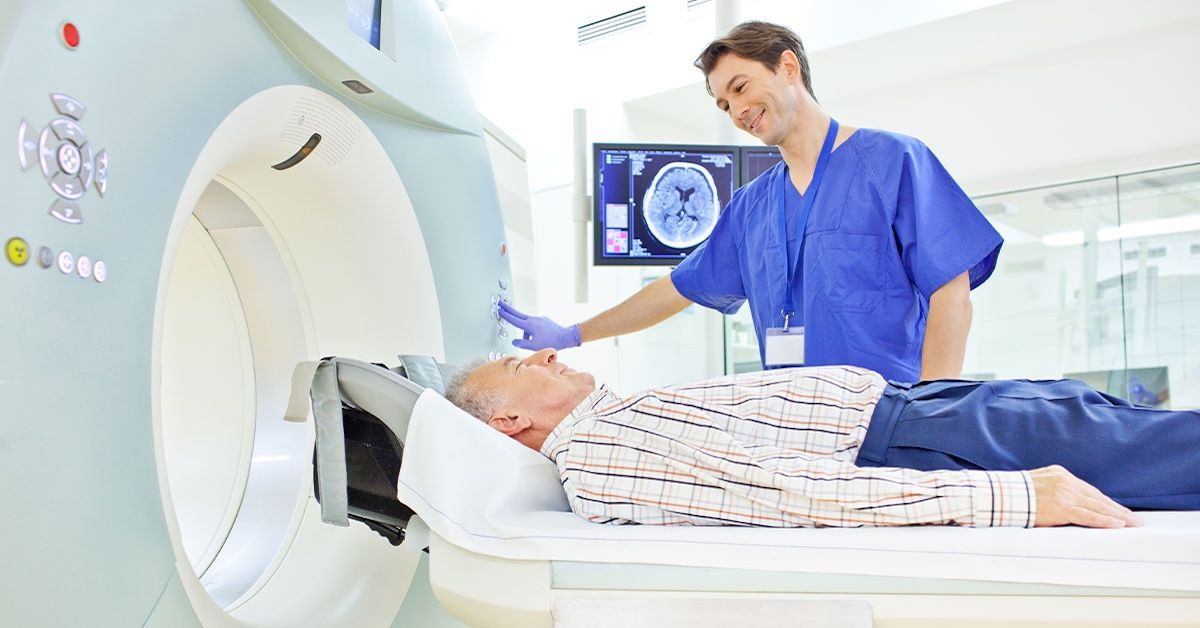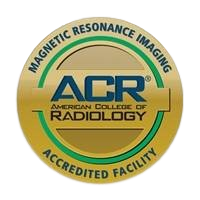How Can an Upright MRI Help Chronic Pain Patients Find the Right Diagnosis?
Living with chronic pain can be frustrating, especially when the cause remains unclear. Many patients go through multiple tests and treatments without getting real answers. One reason for this challenge is that traditional imaging methods often don’t capture what happens to the body under natural conditions. That’s where the Upright MRI, also known as a weight-bearing MRI, makes a difference. This advanced technology allows doctors to see the spine, joints, and other structures as they actually function during daily activities, helping uncover the true source of pain.
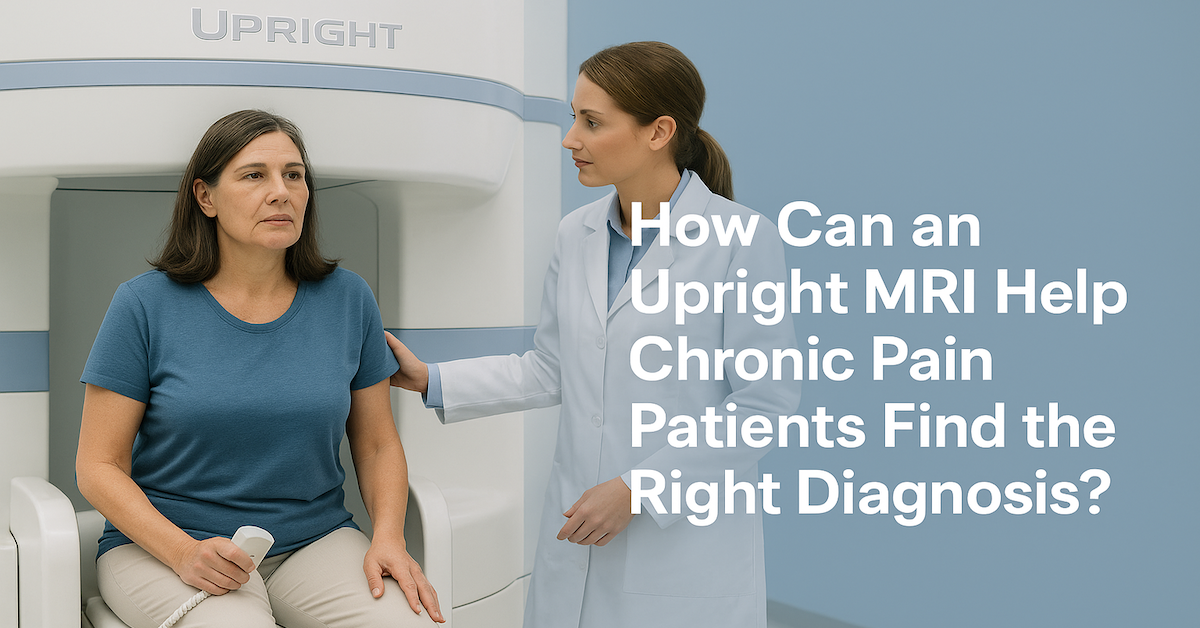
What Is an Upright MRI and How Does It Work?
An Upright MRI is a type of magnetic resonance imaging that lets patients be scanned while sitting, standing, or in other natural positions. Unlike a traditional MRI, where patients lie flat inside a closed tunnel, the Upright MRI uses an open design and adjustable positioning. This makes it possible to observe how the body responds to gravity, movement, and posture. The scanner creates detailed images of soft tissues, muscles, ligaments, and joints, just like a standard MRI, but with the added benefit of showing how those structures behave in real-life situations.
This approach is especially helpful for people whose pain increases when they stand or sit but not when lying down. Since traditional MRIs capture images in a non-weight-bearing position, they may miss abnormalities that only appear when the body is upright.
Why Upright MRI Offers Better Diagnostic Accuracy for Chronic Pain
Many chronic pain conditions are linked to posture and load-bearing issues that standard MRIs can’t fully reveal. When the spine or joints are scanned under gravity, new insights often emerge. For example, a disc that looks normal when lying flat might bulge or press against a nerve once the patient stands. Upright MRIs show this real-time pressure, making it easier for doctors to pinpoint hidden causes of pain.
This method is particularly useful for detecting conditions such as herniated discs, spinal stenosis, or spondylolisthesis. It also helps reveal subtle misalignments or joint instability that only appear when the body is supporting weight. By identifying these issues, doctors can make more accurate diagnoses and recommend targeted treatment plans.
How Upright MRI Helps Identify the True Source of Pain
Chronic pain is often complex, with multiple factors contributing to discomfort. Upright MRI scans show how different parts of the spine and joints move and interact, providing a complete picture of what’s happening inside the body. This detailed imaging helps doctors see nerve compression, joint slippage, or soft tissue strain that might go unnoticed in traditional scans.
For patients who’ve tried various treatments without relief, an Upright MRI can reveal previously missed details. It’s also valuable for evaluating post-surgical results or ongoing conditions that change with posture. By understanding how pain develops and worsens in real-world positions, medical professionals can plan treatments that truly address the root cause rather than just the symptoms.
What Are the Comfort and Safety Advantages for Chronic Pain Patients?
Comfort is another major benefit of Upright MRI technology. Many patients with chronic pain or limited mobility struggle to lie flat for long periods, which is required in conventional MRIs. The Upright MRI allows them to sit, recline, or stand in a more comfortable and natural position. The open design also reduces feelings of claustrophobia and anxiety, which are common concerns with traditional MRI machines.
The scanner’s flexibility allows technicians to adjust positioning for optimal imaging without causing additional discomfort. Patients can even move slightly or change posture between scans, helping radiologists capture the most accurate views of how pain develops during motion.
Which Conditions Benefit Most from Upright MRI Imaging?
Upright MRI is ideal for diagnosing a wide range of chronic pain conditions, especially those linked to movement or posture. Common cases include:
· Lower back pain caused by disc degeneration or spinal compression
· Neck pain from cervical spine misalignment
· Knee and hip issues related to joint instability or cartilage wear
· Sciatica and other nerve-related pain
· Post-surgical evaluations to monitor healing or hardware placement
For each of these conditions, Upright MRI provides clearer insights that lead to more effective and personalized care.

How Upright MRI Supports Personalized Treatment Plans
The detailed images from Upright MRI scans help doctors customize treatment plans based on how the patient’s body actually functions. Instead of relying on static images, they can design therapies that target specific pain triggers. For example, knowing exactly where a disc is compressing a nerve can help guide a physical therapy program, chiropractic adjustments, or surgical decisions.
By identifying the precise cause of pain, patients are less likely to undergo unnecessary procedures or ineffective treatments. Upright MRI results often lead to better long-term outcomes because the diagnosis is based on how the body behaves in everyday situations.
How to Know If You’re a Good Candidate for an Upright MRI
If your pain worsens when you’re standing, sitting, or bending, but lessens when you lie down, you may benefit from an Upright MRI. It’s also recommended if you’ve had a traditional MRI that didn’t explain your symptoms. Patients with back, neck, or joint pain who experience discomfort during movement are often ideal candidates. Discussing your symptoms with your doctor or radiologist can help determine if Upright MRI is the right choice for your situation.
Conclusion
Chronic pain can make even the simplest daily activities challenging, but finding an accurate diagnosis is the first step toward relief. Upright MRI technology gives doctors a better way to see how your body functions under real conditions, revealing issues that traditional scans may miss. It offers both accuracy and comfort, helping patients finally understand the true cause of their pain and move toward effective treatment.
For patients seeking advanced imaging in a comfortable and supportive environment, UpRight MRI of Deerfield provides state-of-the-art Upright MRI services. Their experienced team focuses on patient comfort and precision imaging to help uncover the root cause of chronic pain and guide the path to recovery.
SHARE THIS POST:
Leave a Comment:

The World's Most Patient-Friendly MRI. A comfortable, stress-free, and completely reliable MRI scan. We offer patients an open, upright, standup MRI experience that helps those who are claustrophobic and stress being in a confined area. Upright MRI of Deerfield is recognized as the world leader in open MRI innovation,
Our Recent Post
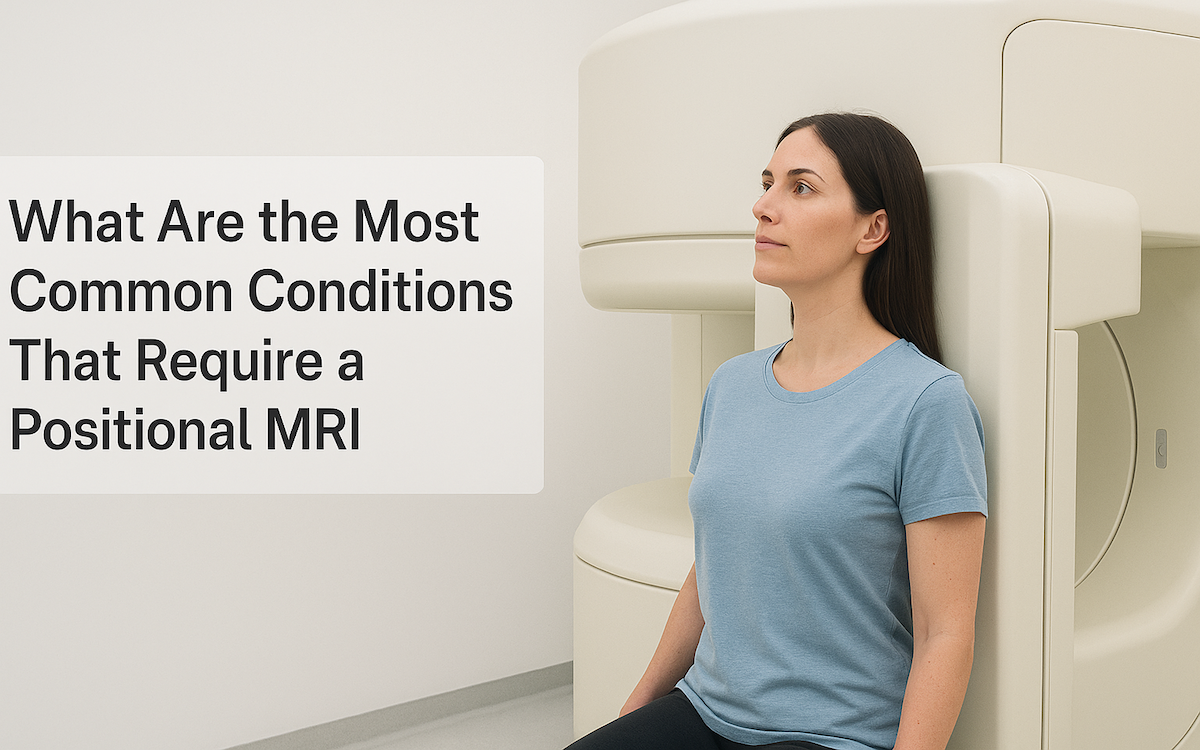
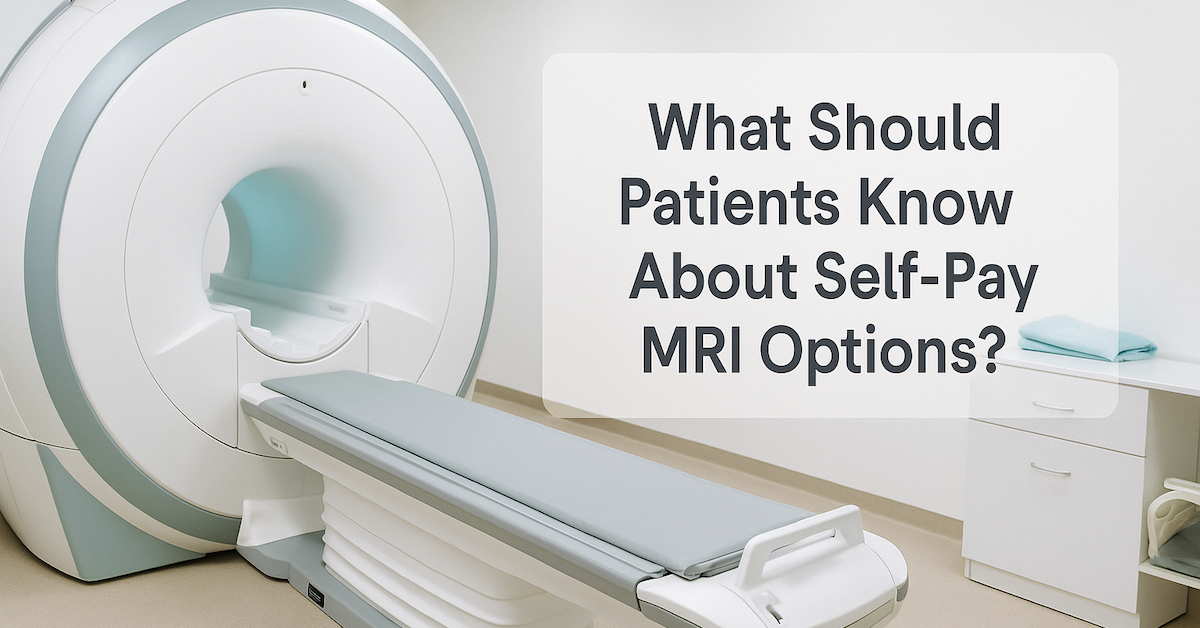

READ PATIENT TESTIMONIALS
Upright MRI of Deerfield.
Susan D.,
Highland Park, 39
I am going to tell everyone about your office! This was a great experience after I panicked in other MRI machines and had to leave. Thank you so much.

Judith B.,
Milwaukee, 61
I suffer from vertigo and other MRIs do not work. This was wonderful…absolutely NO discomfort at all. The MRI was so fast…I wanted to stay and watch the movie! Mumtaz was great. His humor really put me at ease. I’ve already recommended Upright MRI to friends.

Delores P.,
Glencoe, 55
Everything is so nice and professional with your place. I have been there a couple of times. My husband and I would not go anywhere else.

